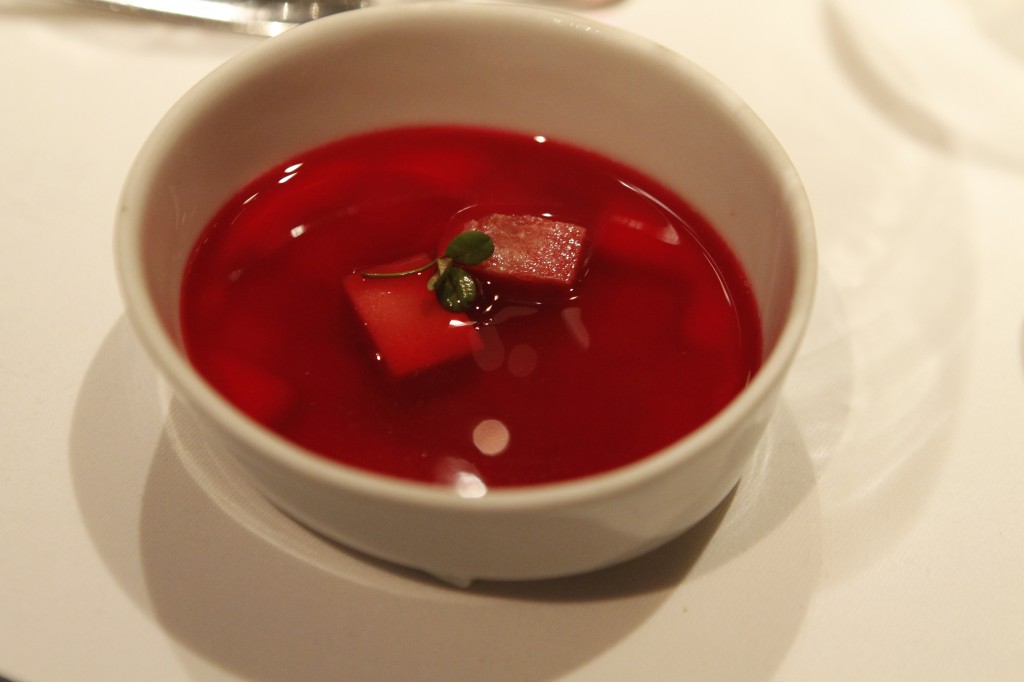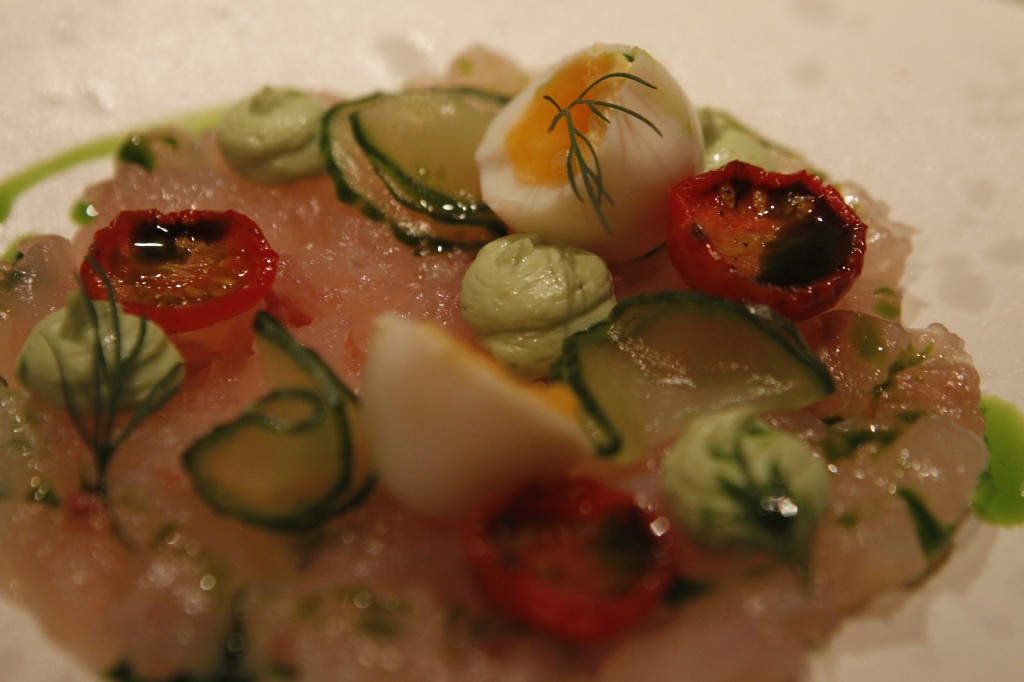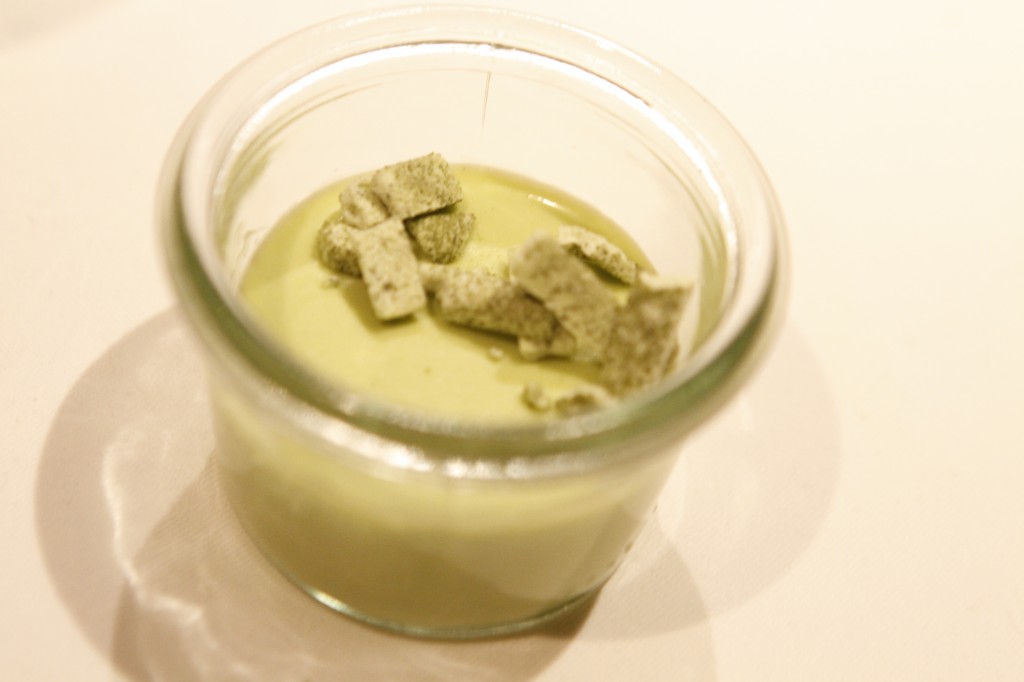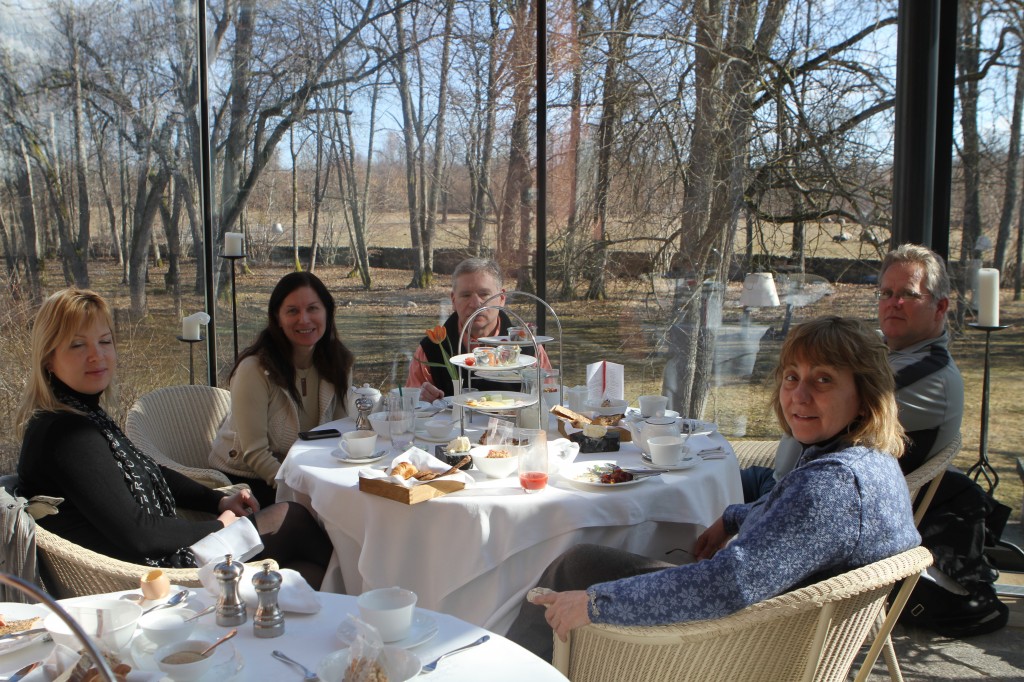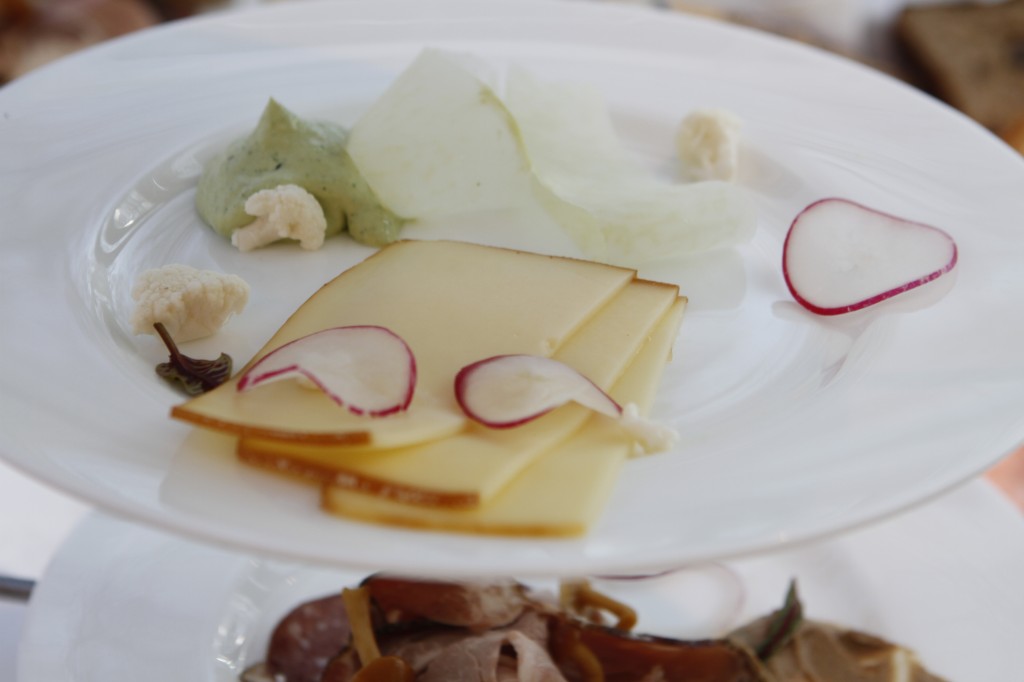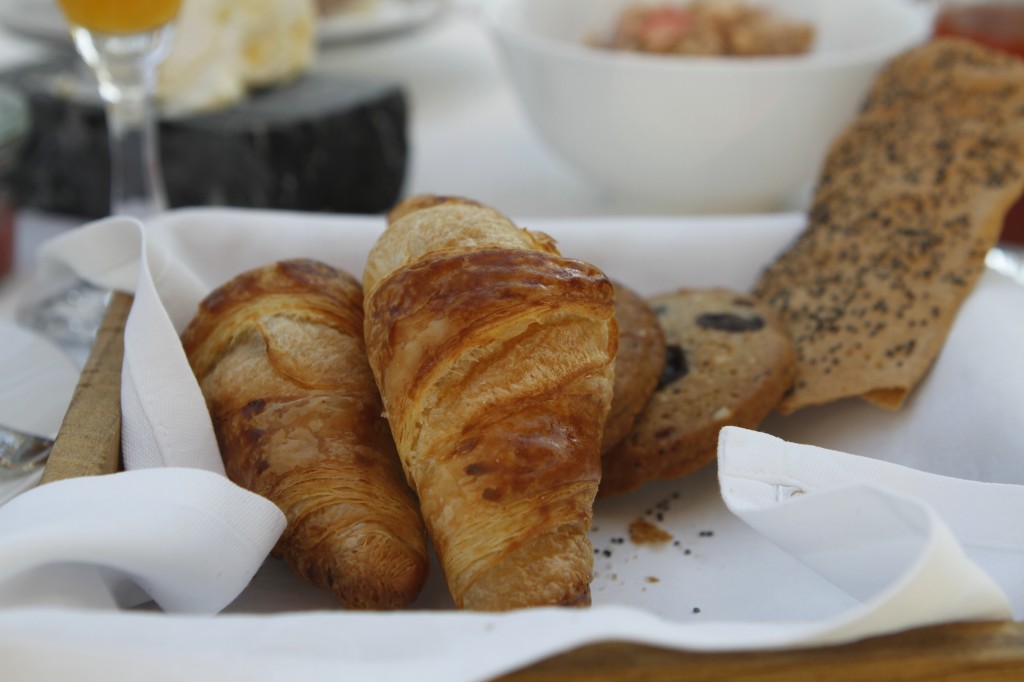There are places in the world you think of when you think of food…exquisite food. Perhaps Italy or France comes to mind, Greece and the Caribbean Islands or…Singapore, Buenos Aires, San Francisco and Dubai, but its likely that Eastern Europe is not foremost on your mind. Perhaps this region may not have had much to offer twenty years ago, but chefs in major pockets like Prague, Budapest, Tallinn and Moscow are catching up, bringing scrumptious flavors from nearby influences, such as the Russians, Scandinavians and the Germans to their local cuisine.
During my most recent trip to Estonia, Tallinn certainly didn’t disappoint and while you might think I was shown only the very best from my hosts so could be biased, I did a little digging afterwards only to learn that had I another week, I could have taken in countless more gems in Tallinn and in other towns throughout the country.
Island flavors around the world in general are hard to beat and this also held true with one of Estonia’s top restaurants, Restaurant Alexander, tucked away in a very old manor named Pädaste Manor on Muhu Island, where we als stayed for the night. See our write-up on the manor. Above, see a starter of Venison with berry juice, presented on a wooden tablet surrounded by stones, giving it an earthy presentation which is a slight juxtaposition given its elegant surroundings, which included top notch cutlery and wine glasses.
Rich in history, the chef Chef Peeter Pihel is a native of the nearb Island of Saarema, who says he accumulated his experiences through many a’ visit over the years to the nearby small Estonian islands: cuisine that is a mixture of the New Nordic Cuisine, with Estonian’s roots and traditions (Blood cream, Hapurokk, etc).
In an interview on a premier chef site, he talks about his strong preference to keep things local, the best from the island’s raw, wild and seasonal offerings. While Muhu may be the primary influence, he notes that he incorporates cuisine flavors and styles from Gotland, Bornholm, Åland, Öland, and the neighboring islands of Saaremaa and Hiiumaa. He say in his interview with Best Emerging Chefs, “There are incredible advantages to a rough and rugged climate. Tastes that gain character from produce and techniques originating from the Nordic Islands guide us in our cooking, as do the seasons.”
From the islands, what’s most prevalent and available is lamb, pork, venison, moose and wild boar, and of course because of their vicinity to the water, fish. Since the islands are part of Estonia after all, they also have access to honey, mushrooms and berries. Mix Scandinavia & the Nordic Islands with Slavic styles, dishes and traditions and you’ll get a sense of Alexander’s culinary foundation.
Below you’ll get an idea of our four course “supper,” a word I noticed they tend to use and probably why my grandparents grew up with that word and not “dinner.” After the venison to whet our appetite they came out with a luscious beef tongue and beet root consome.
It was followed by whitefish served with dill. They also flooded us with endless homemade breads: spelt wheat and blueberry bread, loaded with not just blueberries but cranberries as well. The butter was a whipped mushroom cream butter with another option being green remoulade…mayonnaise with herbs, dill, parsley and egg whites.
Then came the beef and beetroot, served in an onion crust with sauerkraut.
This was followed by a spruce shoot gel and Juniper berries with marshmallow meringue in a gin and tonic jelly and ice cream. YUM!
Breakfast was no less delightful. Imagine the same room, but since it was daylight, you could see the natural surroundings of the environment through the glass, making it feel like you are dining among the forest, not next to it.
In traditional Eastern Europe style, they served a selection of cold meats with onions, yoghurt, homemade breads and jams, eggs, cheese, herring, bread sticks, pates (liver), fruit puree, and a special Estonian drink I came to love during my stay in the country: Kama. It looks like an oatmeal puree of sorts, but is made with different kinds of flours and sour milk and is somewhat grainy in texture. This is not to be confused with Kvas, another popular drink in Estonia. Made from rye or black bread, and often referred to as bread drink, the bread has to be dried and baked or fried. The original name derives from the Russian word meaning ‘leaven’.
Note: I was hosted by the Estonia Tourism Board but all opinions expressed here are my own. For more on Estonia Food & Wine, visit out Estonia Food & Wine Section.

Renee Blodgett is the founder of We Blog the World. The site combines the magic of an online culture and travel magazine with a global blog network and has contributors from every continent in the world. Having lived in 10 countries and explored nearly 80, she is an avid traveler, and a lover, observer and participant in cultural diversity.
She is also the CEO and founder of Magic Sauce Media, a new media services consultancy focused on viral marketing, social media, branding, events and PR. For over 20 years, she has helped companies from 12 countries get traction in the market. Known for her global and organic approach to product and corporate launches, Renee practices what she pitches and as an active user of social media, she helps clients navigate digital waters from around the world. Renee has been blogging for over 16 years and regularly writes on her personal blog Down the Avenue, Huffington Post, BlogHer, We Blog the World and other sites. She was ranked #12 Social Media Influencer by Forbes Magazine and is listed as a new media influencer and game changer on various sites and books on the new media revolution. In 2013, she was listed as the 6th most influential woman in social media by Forbes Magazine on a Top 20 List.
Her passion for art, storytelling and photography led to the launch of Magic Sauce Photography, which is a visual extension of her writing, the result of which has led to producing six photo books: Galapagos Islands, London, South Africa, Rome, Urbanization and Ecuador.
Renee is also the co-founder of Traveling Geeks, an initiative that brings entrepreneurs, thought leaders, bloggers, creators, curators and influencers to other countries to share and learn from peers, governments, corporations, and the general public in order to educate, share, evaluate, and promote innovative technologies.


